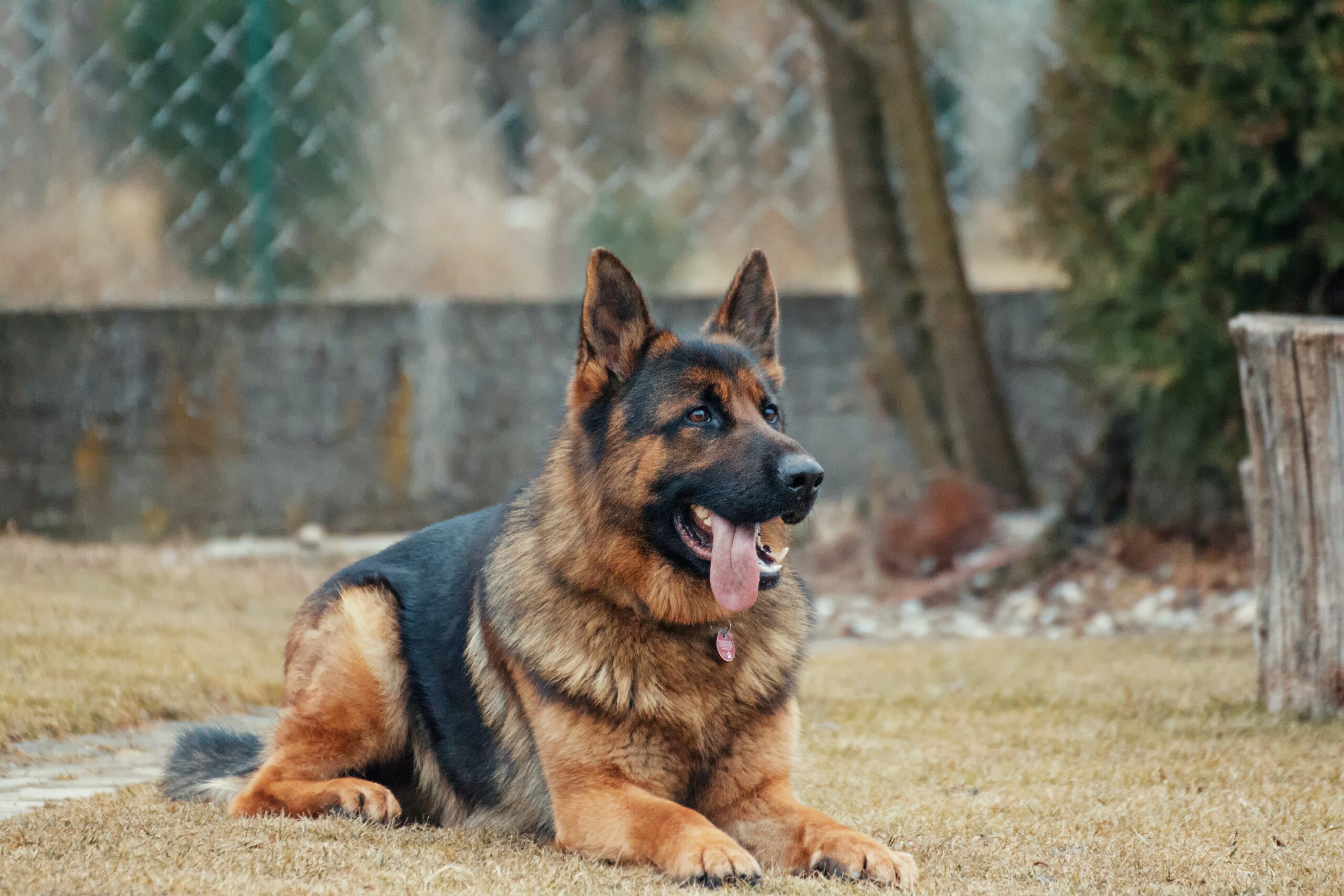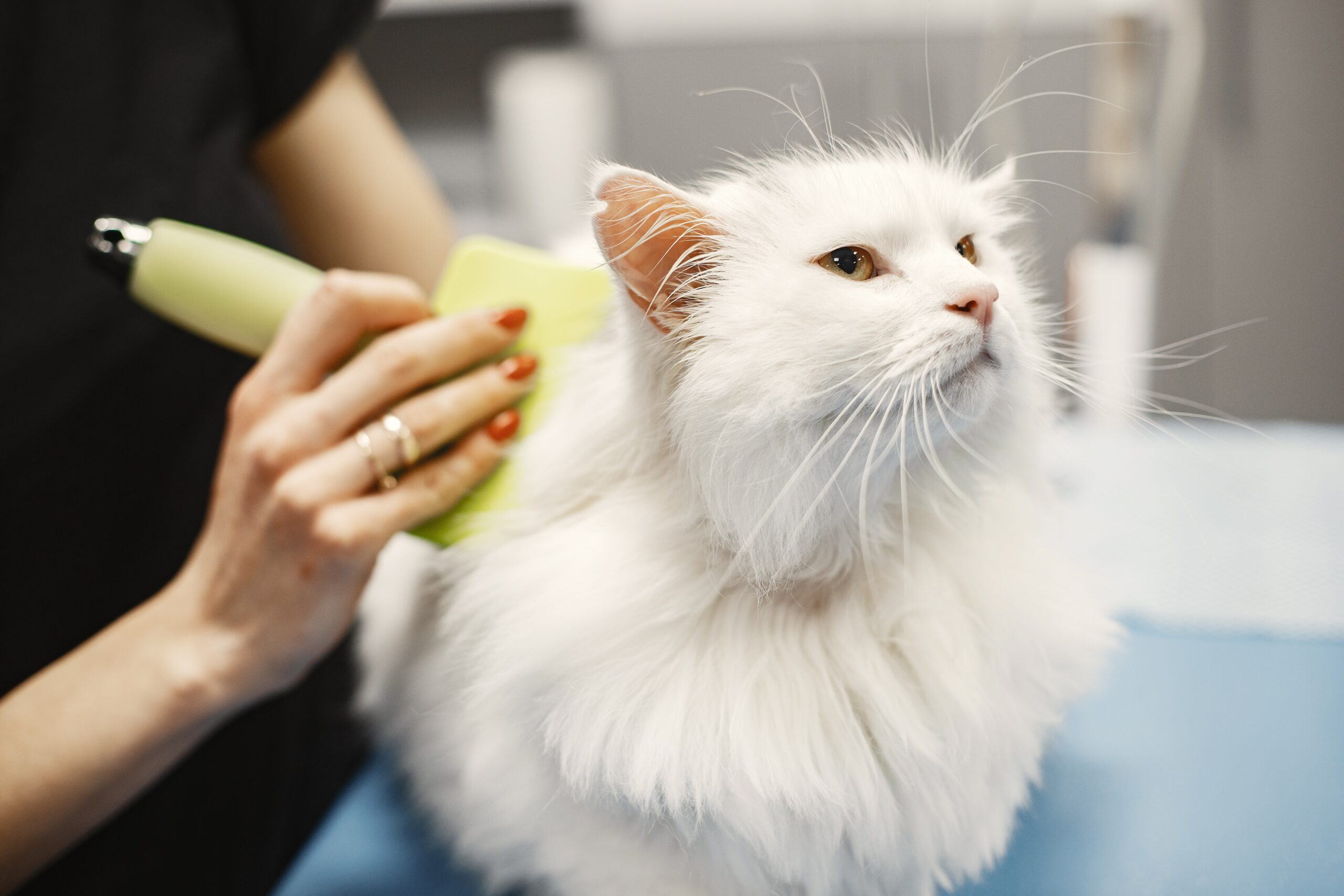How often do Dogs Need Worming: A Comprehensive Guide
As a responsible dog owner, ensuring the good health of your furry friend is a top priority. One key element of your dog’s well-being is preventing them from getting infected with worms. Worms, which are internal parasites, can cause a variety of health problems ranging from mild discomfort to serious illness. In this article, we will delve into the importance of worming dogs and how often we should do it according to their need.
What Are Worms?
Worms are parasites that live within your dog’s body. There are several types of worms that can infect dogs such as roundworms, hookworms, whipworms, and tapeworms. Each kind can bring about different symptoms and health issues.
Why Is Worming Important?
It is essential to keep your dog worm-free as worms can cause a range of health problems in dogs. These include vomiting, diarrhea, weight loss, and anemia. Additionally, some types of worms can be transmitted from dogs to humans, making it crucial to keep your pet worm-free for the sake of your family’s health.
How Often Should You Worm Your Dog?
The frequency of worming your dog depends on various factors such as their age, lifestyle, and the type of worm. Puppies, for instance, should be wormed every two weeks until they reach twelve weeks old, then monthly until they turn six months old. As adults, dogs should be wormed at least every three months.
If your dog is at a higher risk of contracting worms, such as if they spend a lot of time outdoors or have contact with other dogs, they may require more frequent worming. It’s best to consult your veterinarian to determine the best worming schedule for your dog.
What Are the Signs of Worms in Dogs?
There are certain signs that your dog may have worms, such as vomiting, diarrhea, coughing, and weight loss. However, some dogs may show no symptoms at all. If you suspect that your dog has worms, take them to the veterinarian for a fecal exam and diagnosis.
Conclusion:
In conclusion, worming is a critical aspect of keeping your dog healthy and happy. Puppies should be wormed every two weeks until they reach six months old, followed by at least every three months as adults. Nevertheless, the frequency of worming may have to be increased for dogs that are at higher risk of getting infected with worms. If you suspect that your dog has worms, it’s crucial to take them to the veterinarian for a diagnosis and treatment.










